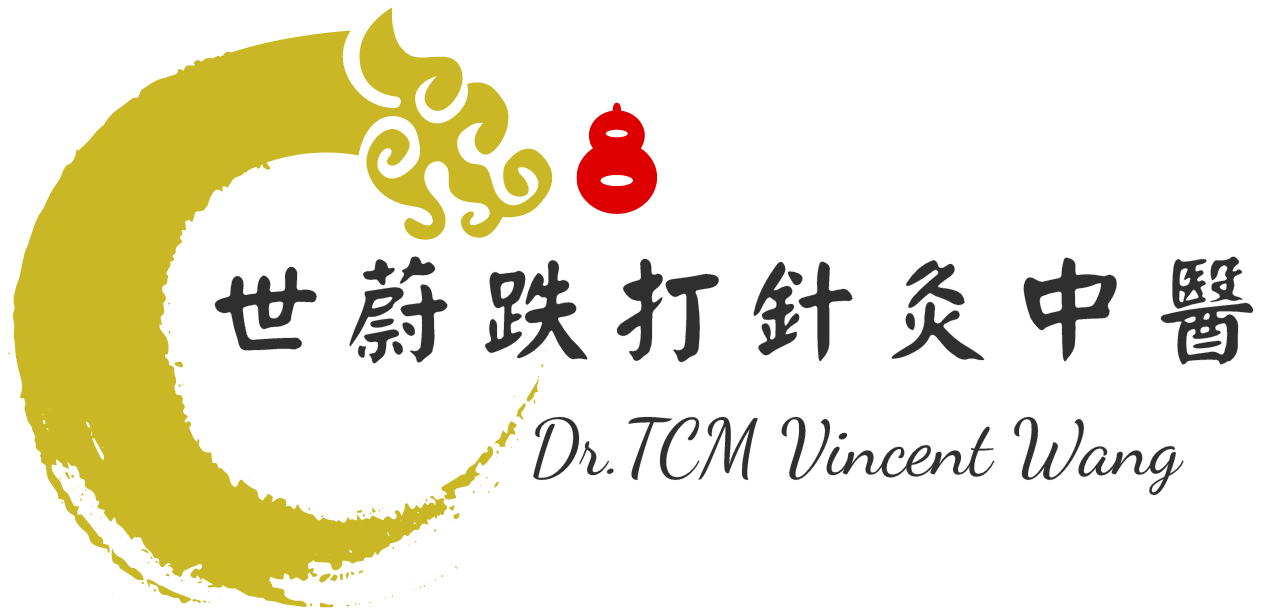Ditda/Titdaa therapy (跌打) and chiropractic care both aim to treat musculoskeletal issues, but they differ significantly in their approaches and underlying principles.
Ditda/Titdaa Therapy (跌打):
Origin: Rooted in traditional Chinese medicine.
Approach: Uses a combination of herbal remedies, manual techniques, and sometimes acupuncture to treat injuries and trauma.
Focus: Primarily on treating acute injuries such as sprains, bruises, fractures, and other soft tissue injuries.
Techniques: Involves the application of specialized herbal liniments, therapeutic massage, and manipulation to promote healing and reduce pain and inflammation.
Chiropractic Care:
Origin: Developed in the late 19th century in the United States.
Approach: Focuses on diagnosing and treating mechanical disorders of the musculoskeletal system, especially the spine.
Focus: Primarily on spinal alignment and its effects on the nervous system. It is commonly used to treat back pain, neck pain, headaches, and joint issues.
Techniques: Involves spinal adjustments or manipulations, which are precise movements aimed at restoring proper alignment and function to the spine and joints.
In summary, while both Ditda/Titdaa therapy and chiropractic care address musculoskeletal issues, Ditda/Titdaa uses traditional Chinese methods and herbal treatments for acute injuries, whereas chiropractic care focuses on spinal adjustments and overall musculoskeletal health.
-
- Phone: 604-909-0768
- WhatsApp: +1-778-325-4669
- Location:6372 Walker Ave,Burnaby, BC V5E 3B6
- Book:
